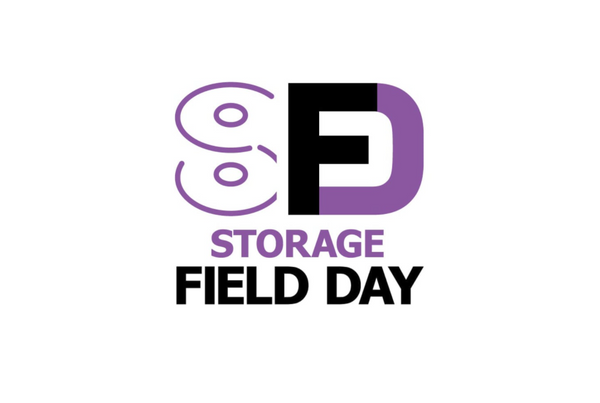
This is going to be a relatively short post because the good stuff is really in the video, courtesy of Daniel Valdivia and AB.
The summary is that MinIO has a ridiculously talented engineering team that has been together for more than a decade. Many of them were part of the Gluster team and have forgotten more about file systems
Read more

We got crunched for time at the end of our SFD slot. Given how important the
hybrid cloud story is to our future, I probably shouldn’t have left it for last.
Too many great questions threw us off our schedule and we arrived at the start
of the section with not enough time to do it justice.
So what
Read more
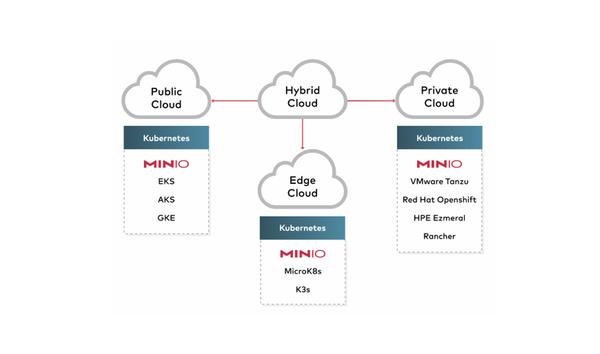
We just wrapped Storage Field Day 2021
[https://www.youtube.com/watch?v=ARmIhJsWK8w] and during our session we
generated a particular amount of interest around our hybrid strategy. At the
end, we were a little compressed on time, but the message resonated and was the
primary subject of the breakout room discussion with the delegates after the
cameras stopped
Read more

Introduction
Document management is a core requirement for all sorts of regulated institutions - finance, telecom, healthcare, government and others. These institutions need to manage and retain an ever growing number of documents and regulatory guidelines often require these documents to be stored for a very long term (7-10 years).
Take for example, KYC (Know Your Customer) documents. Anyone starting
Read more

The MinIO Subscription Network is unique. A blend of commercial license and direct-to-engineering support it also offers access to the panic button, architectural and security reviews and a host of other features and technologies that ensure our customers never lose data or suffer a security breach.
We recently asked our customer base to participate in a flash survey to tell
Read more
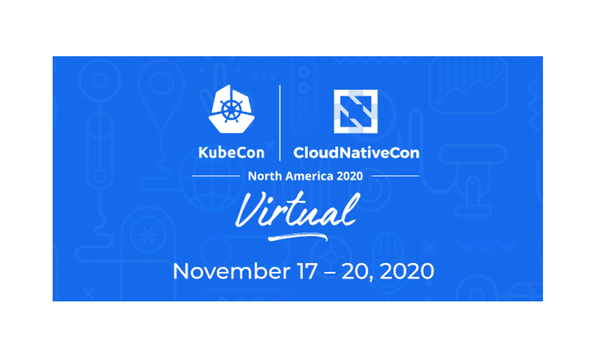
Kubecon went virtual this year and let’s be honest, it wasn’t the same – on any
level. It lacked the electricity, the enthusiasm and interaction that makes this
a geek version of the holiday season. Still, the content was outstanding and
continues to serve as the engine of this amazing event.
Each Kubecon is a major milestone – an opportunity
Read more
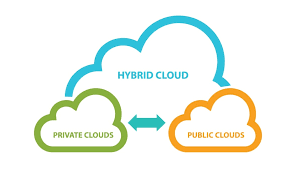
The Hybrid Cloud is a hot term these days. It should be. Ultimately it will represent the vast majority of enterprise cloud architectures (Gartner is saying 90%+).
The public cloud will continue to grow. The private cloud will continue to grow. The edge will continue to grow. All fueled by the data that continues to grow.
While the hybrid cloud
Read more

At the beginning of the decade, the total data in the world added up to 2
zettabytes. It has grown to 59 zettabytes today. In a matter of 10 years, it has
grown 30-fold.
Unstructured data
The majority of data that exists today are photos, videos or some kind of
point-in-time events. These kinds of data do not have an
Read more

The promise/allure of the public cloud is based on the concept that it is elastic. One can, with little effort, scale up workloads and, if desired, scale down those same workloads. We have written on this subject before - from the perspective of what workloads to consider as you evaluate what to take to the public cloud and what
Read more

MinIO was designed in the same fashion that the hyper-scalers were – with simple building blocks that limit failure domains but can grow infinitely. Still there are some features that you really need to have in order to go galactic in size. They are:
1. Server Side Replication: With MinIO’s server side replication capabilities, organizations can create active-active replication across
Read more

One of the key requirements driving enterprises towards cloud-native object storage platforms is the ability to consume storage in a multi-data center setup. Multiple data centers provide resilient, highly available storage clusters, capable of withstanding the complete failure of one or more of those data centers. Multi-data center support brings private and hybrid cloud infrastructure closer to how the public
Read more

With the introduction of Apache Arrow, language-independent columnar memory format for flat and hierarchical data, organized for efficient analytic operations, MinIO data lakes can be much more powerful. This article explains how to make use of Apache Arrow by using ArrowRDD.
Read more
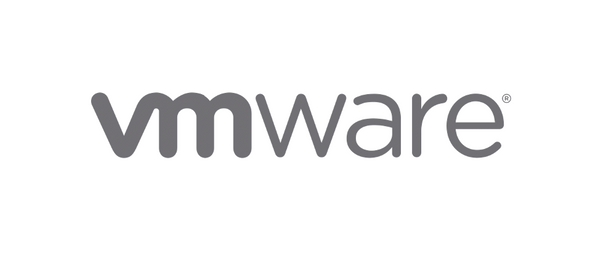
Today we are pleased to announce a significant expansion of our partnership with VMware.
This next phase represents a deeper collaboration from our award winning work with the Pivotal team and brings us into the mothership - VMware Cloud Foundation™ with VMware Tanzu™, as a launch partner for their VMware vSAN™ Data Persistence platform.
We are pleased to contribute to
Read more

Two days ago, on Sep. 08, research teams from Germany and Israel published a
joint research paper [https://raccoon-attack.com/RacoonAttack.pdf] describing
another TLS timing attack - called Raccoon. This attack targets all TLS versions
up to 1.2.
The new attack [https://raccoon-attack.com/] exploits a timing side-channel
during the TLS handshake when the Diffie-Hellman (DH) key exchange
Read more
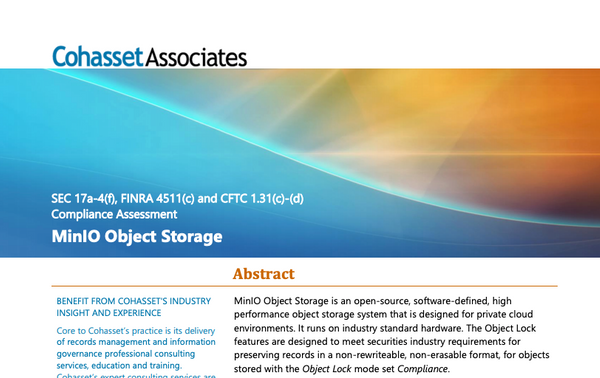
While MinIO is known for being a high-performance, cloud-native object store,
the security of the system and the resilience of the data have always been
paramount. From erasure coding
[https://docs.minio.io/docs/minio-erasure-code-quickstart-guide.html], bitrot
protection, object healing, WORM and sophisticated, performant encryption -
ensuring data is safe - across a number a different vectors has always guided
Read more

Once we have convinced you of why you should pay for free software
[https://blog.min.io/why_should_i_pay_for_free_software/], the next question becomes:
“what is the value of what I am getting from my subscription?”
The MinIO Subscription Network is not one thing - rather it is a collection of
technology, talent and licensing that
Read more

By introducing the ability to subscribe to our software online we obviously
invite the question: “why should I pay for free software?”
There are two conditions and three reasons:
The conditions under which you should pay for free software:
> MinIO is the primary storage system for your organization (e.g. production)
> The data stored in MinIO is a
Read more
The aggregation/disaggregation wheel is technology dependent. We are, however,
in a heavy wave of disaggregation as it relates to compute and storage. Given
currently available technologies the economics are pretty straightforward –
companies big and small can save 60% plus on a TCO basis simply by separating
the compute/analytics layer from the storage layer.
Sometimes we need a little
Read more

























